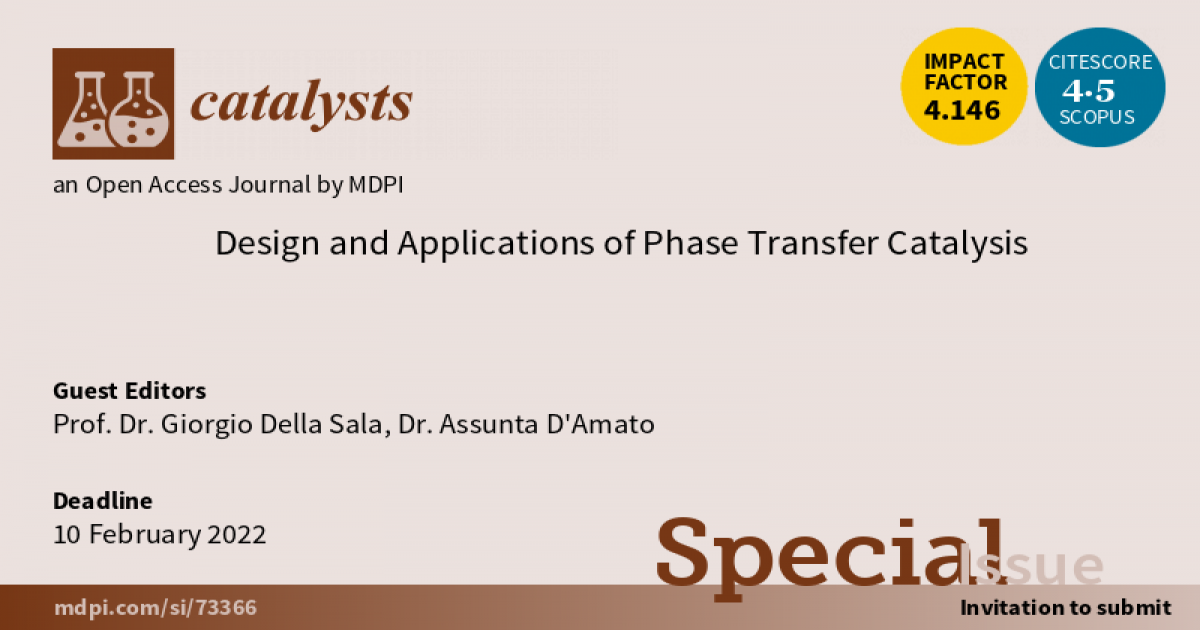Current Trends in Dry (CO2) Reforming Catalysis
A special issue of Catalysts (ISSN 2073-4344). This special issue belongs to the section "Environmental Catalysis".
Deadline for manuscript submissions: closed (20 February 2022) | Viewed by 18772

Special Issue Editors
Interests: Dynamics and Kinetics of chemical processes at surfaces Catalysis Bimetallic Catalysts Metal-Support-Interactions Corrosion Reconstruction and Phase Transformations at Metal Surfaces Catalytic Nanotechnology Reforming- and (Electro)Oxidation Catalysis on Complex Perovskites in-situ Spectroscopic Characterization of Catalysts using Ambient Pressure-XPS and Synchrotron Radiation
Interests: high-resolution analytical electron microscopy in catalysis; structure-activity correlations in pure and complex oxide catalysts; interfacial engineering of the metal-oxide phase boundary; reactive activation of intermetallic compounds in catalysis; mechanism of methanol and methane steam reforming reactions; preparation and characterization of complex oxide, bi- and multimetallic thin film catalyst systems; operando and in situ structural and spectroscopic studies of catalysts
Special Issues, Collections and Topics in MDPI journals
Special Issue Information
Dear Colleagues,
In order to develop effective strategies to counteract man-made climate change, almost 200 countries decided to reduce greenhouse gas (GHG) emissions by adopting the “Paris Agreement”. The mitigation and cost-efficient utilization of the major GHGs carbon dioxide and methane represent two of the most important challenges in the area of green energy research. It is well-established that CO2 reforming of methane (in absence of steam: “dry” reforming of methane, DRM), or—more generally—of natural gas, represents a viable process to generate useful synthesis gas (H2 and CO). Beside the industrially ubiquitous steam reforming process, DRM thus represents an additional, effectively CO2-utilizing route toward added-value products and synfuels.
In order to become industrially relevant, the development of cost-effective DRM catalysts with both high activity and pronounced long-term sintering- and coking stability is mandatory. Ongoing catalyst design focuses on the optimization of equally active and coking-resistant (bi)metal components, on the suppression of nucleation and growth of unreactive graphitic species, as well as on the efficient formation and conversion of reactive carbonaceous intermediates. Development of supports and promoters focusses on efficient CO2 activation, on promotional (bi)metal-support interactions, and on optimization of (bi)metallic dispersion and particle size. Acid-base properties, oxygen storage capacity, reducibility, porosity, and surface area of the supporting (mixed) oxides represent further key optimization factors.
The current Special Issue is dedicated to the representation of contemporary trends of DRM catalyst design.
Prof. Dr. Bernhard Klötzer
Dr. Simon Penner
Guest Editors
Manuscript Submission Information
Manuscripts should be submitted online at www.mdpi.com by registering and logging in to this website. Once you are registered, click here to go to the submission form. Manuscripts can be submitted until the deadline. All submissions that pass pre-check are peer-reviewed. Accepted papers will be published continuously in the journal (as soon as accepted) and will be listed together on the special issue website. Research articles, review articles as well as short communications are invited. For planned papers, a title and short abstract (about 100 words) can be sent to the Editorial Office for announcement on this website.
Submitted manuscripts should not have been published previously, nor be under consideration for publication elsewhere (except conference proceedings papers). All manuscripts are thoroughly refereed through a single-blind peer-review process. A guide for authors and other relevant information for submission of manuscripts is available on the Instructions for Authors page. Catalysts is an international peer-reviewed open access monthly journal published by MDPI.
Please visit the Instructions for Authors page before submitting a manuscript. The Article Processing Charge (APC) for publication in this open access journal is 2200 CHF (Swiss Francs). Submitted papers should be well formatted and use good English. Authors may use MDPI's English editing service prior to publication or during author revisions.
Keywords
- metal support interactions
- CO2 activation
- (bi)metal particle size
- graphite nucleation- and growth
- carbon clean-off
- carbon bulk diffusion
- methane adsorption kinetics
- acid-base properties
- oxygen storage capacity
- oxide reducibility
Benefits of Publishing in a Special Issue
- Ease of navigation: Grouping papers by topic helps scholars navigate broad scope journals more efficiently.
- Greater discoverability: Special Issues support the reach and impact of scientific research. Articles in Special Issues are more discoverable and cited more frequently.
- Expansion of research network: Special Issues facilitate connections among authors, fostering scientific collaborations.
- External promotion: Articles in Special Issues are often promoted through the journal's social media, increasing their visibility.
- e-Book format: Special Issues with more than 10 articles can be published as dedicated e-books, ensuring wide and rapid dissemination.
Further information on MDPI's Special Issue polices can be found here.






